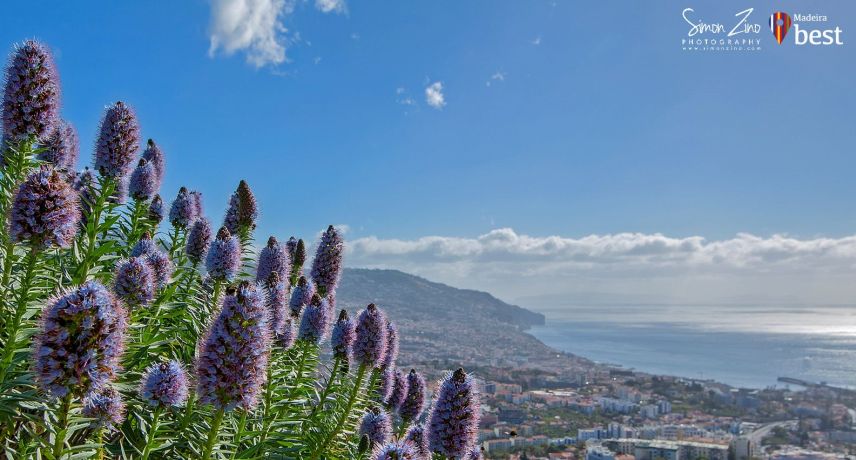
Unlike what occurs in other European islands, Madeira marks of history are relatively recent. This has fascinated visitors too, as the writer Sacheverell Sitwell. Effectively, there are no prehistoric remains or ruins of classical antiquity. The presence of man begins, as far as we know, with the arrival of the Portuguese in the fifteenth century principles. But leaving aside the human scale and look at the natural history, the heritage of Madeira is enviable.
One of the jewels inherited from this remote past is the prehistoric bay forest that only survived here to the last ice age. Thanks to the isolation and mild climate, here continue to thrive species that in the rest of the continent now exist only as fossils.
Madeira has one of the best preserved vegetation of Macaronesia. The native flora, called Palearctic by botanists, is akin to the northwest of Europe, and the seeds here been brought by the wind, the birds and the ocean currents. The soil is acid and low in calcium and potassium, however, rich in humus. There are more than 150 endemic species (plants grown only on Madeira) but, with the intensification of studies, it is likely that this number will increase. The best known of endemism is the Madeira godiera, an extremely fragile orchid with white petals that lives between 300 and 800 meters.
Although the total area does not exceed 737 km2, plant biodiversity is impressive. Near the sea, where it is the agricultural land, the weather is dry and hot throughout the year, developing numerous herbaceous species in the sea cliffs.

